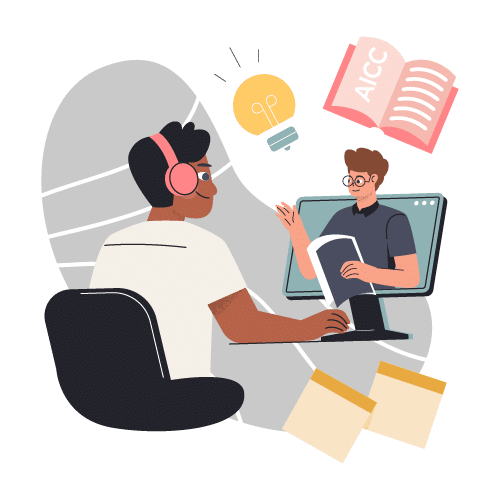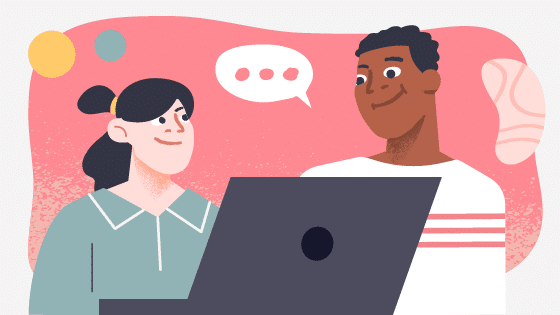Running through an arena and fighting for your life is one thing, but does competition work as well in the office as it does in the movie theater? If you’ve ever seen The Hunger Games movies, you know that competition can be a huge motivator–especially when life is at stake. But if the stakes are much, much lower, can you still capitalize on competition as a way to engage learners and increase takeaway?
Motivation is one of the main components of game mechanics, and with what we know about the brain, competition can be a powerful spark to ignite it. In fact, even minor competition can act as a major force for both motivation and confidence. Even when the stakes are relatively low, competition releases chemicals and causes processes in the brain that make all the difference.
The Dopamine and Testosterone Connection
When a person participates in competition, it releases dopamine in the brain. (Tweet This)
This is the same feel-good chemical often attributed to things like exercise, good food, and social activity. But what makes competitive-related dopamine so effective is that when someone competes and wins, dopamine is released with testosterone, which is responsible for high levels of confidence and engagement.
This one-two brain chemical punch makes learners into leaders by motivating participation and giving them a brain boost when they win. What’s more, the chemicals cause reactions in both the striatum (responsible for pleasure and desire) and the ventromedial prefrontal cortex (responsible for both drive and planning).
Of course, while winners enjoy a boost in confidence, memory, and engagement, losers can experience an opposite effect. Animal studies show us that when a species loses again and again, it becomes less confident and more likely to avoid conflict. When applied to training measures, it’s clear that competition is good–with level playing grounds and equal chances to win.
The Seratonin Factor
Testosterone and dopamine aren’t the only brain chemicals at play in competition. Serotonin also has a part in the way learners react to competitive factors as learning elements. Stress usually gets a bad rap, but the truth is that a little stress can be highly beneficial, as it triggers the release of serotonin–a calming chemical that can increase focus–as part of your body’s reaction to anxiety.
Competition causes a mild form of anxiety: How are the other players doing? Is he going to beat me? How can I increase my score? This boost in mild stress can increase serotonin levels for better-focused, happier learners. Sure, telling learners that it’s a “fight to the death” might be overkill, but showing off everyone’s scores or even incentivizing game play might be the missing piece for engaging material.
Adding competition to training and eLearning doesn’t have to be difficult or automatically translate to gamification. In most cases, transparency between learners to show who’s completed the most modules or scored highest on post-training quizzes is enough to inspire some friendly competition among coworkers. It’s a small change in the way you think about training, but something about the odds being ever in learners’ favor can make all the difference for happier, more confident, more engaged participants.
Do you really know what gamification is…
or how to leverage this “buzzword” to create employee training that sticks? This quick, free eBook hits on the core components of gamification and how to tell if it’s right for your learning strategy. Get the book here.





